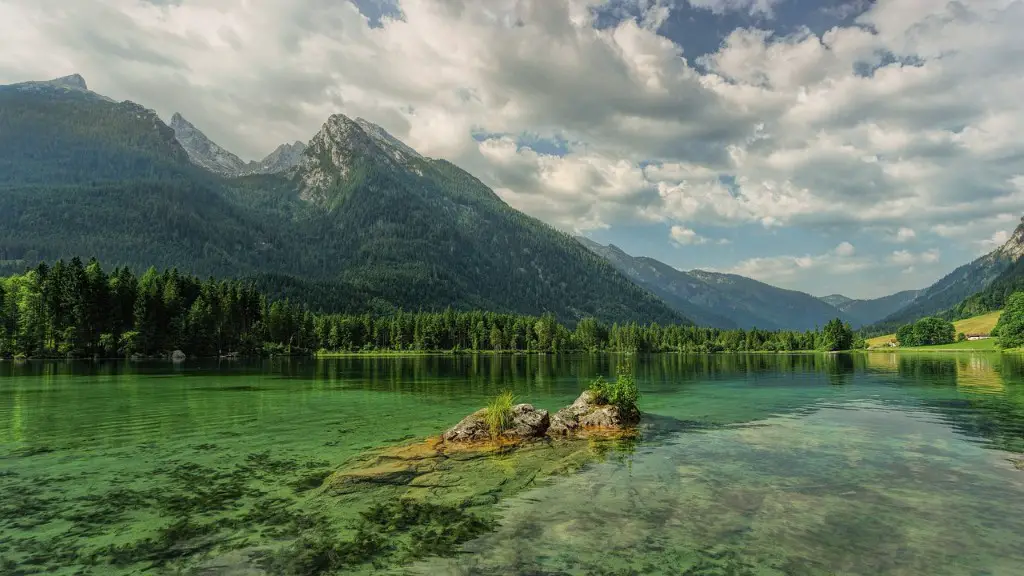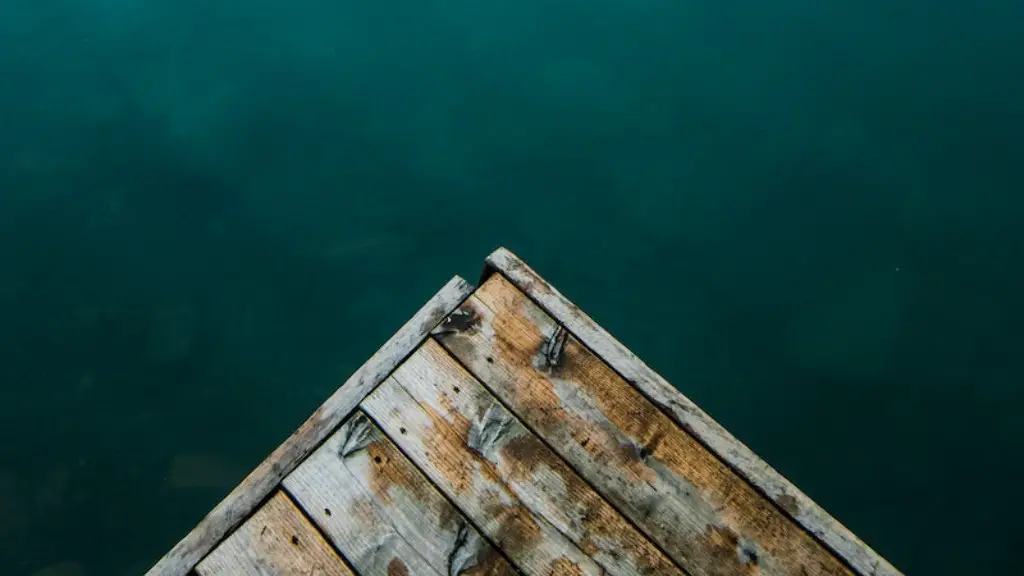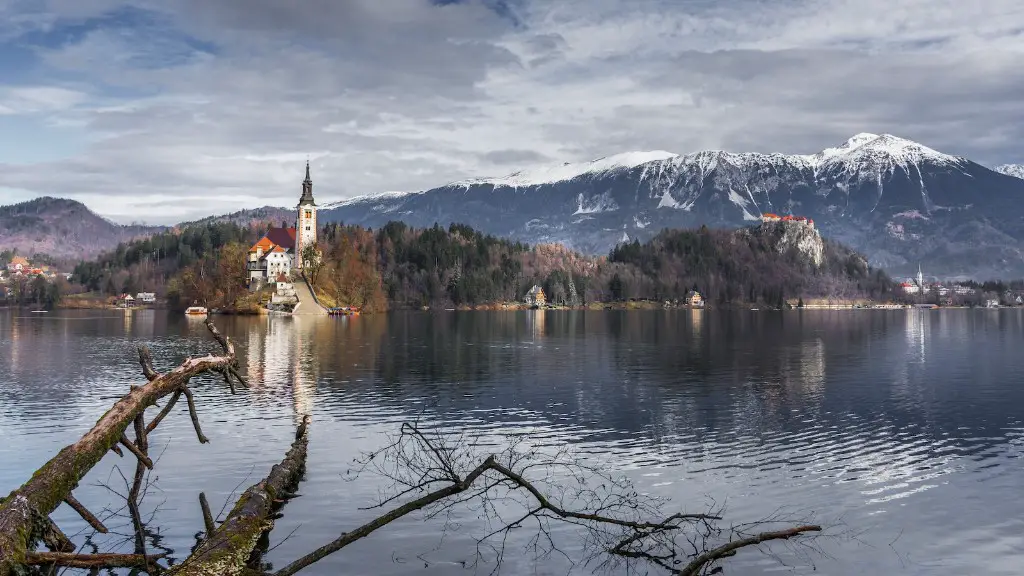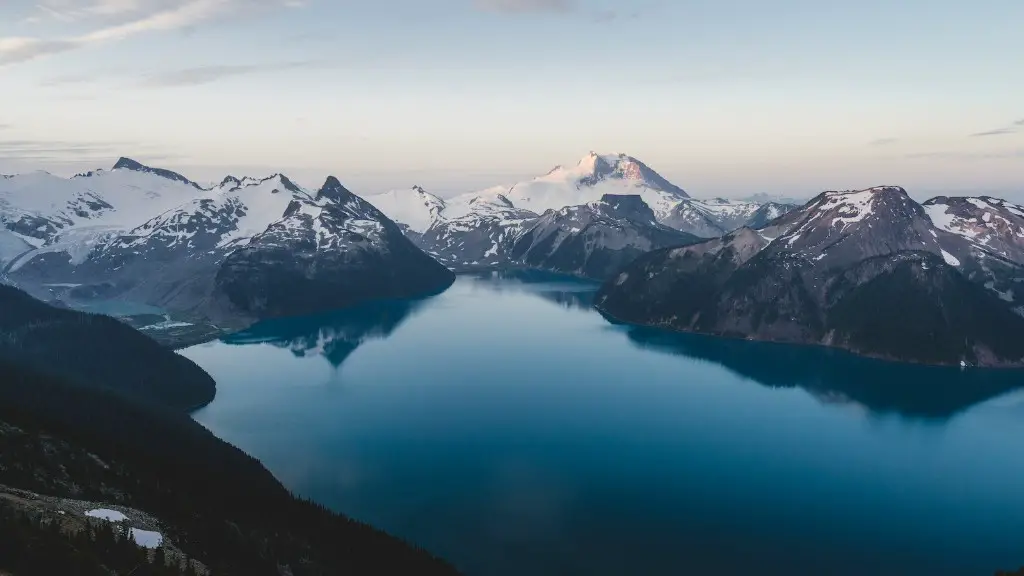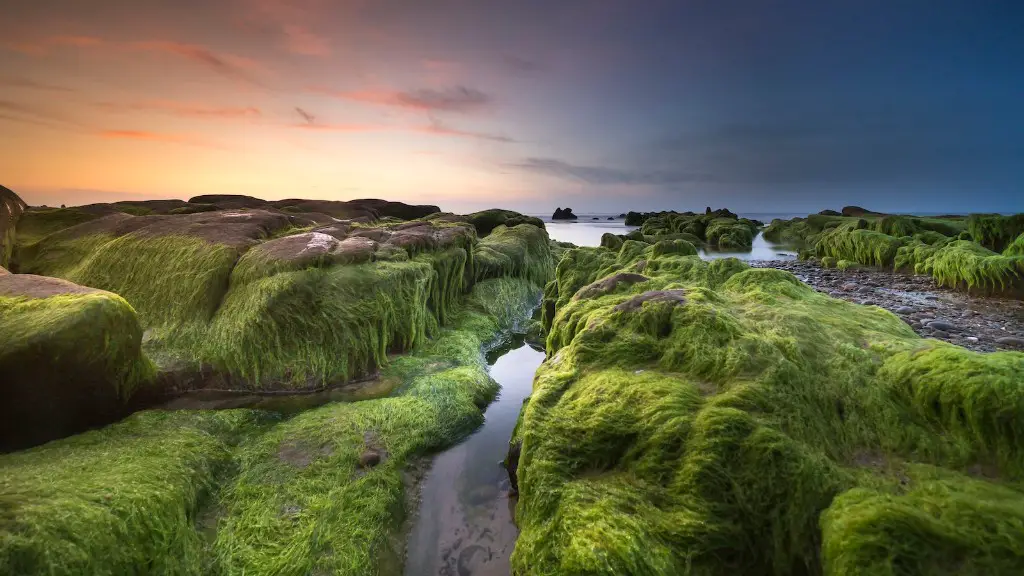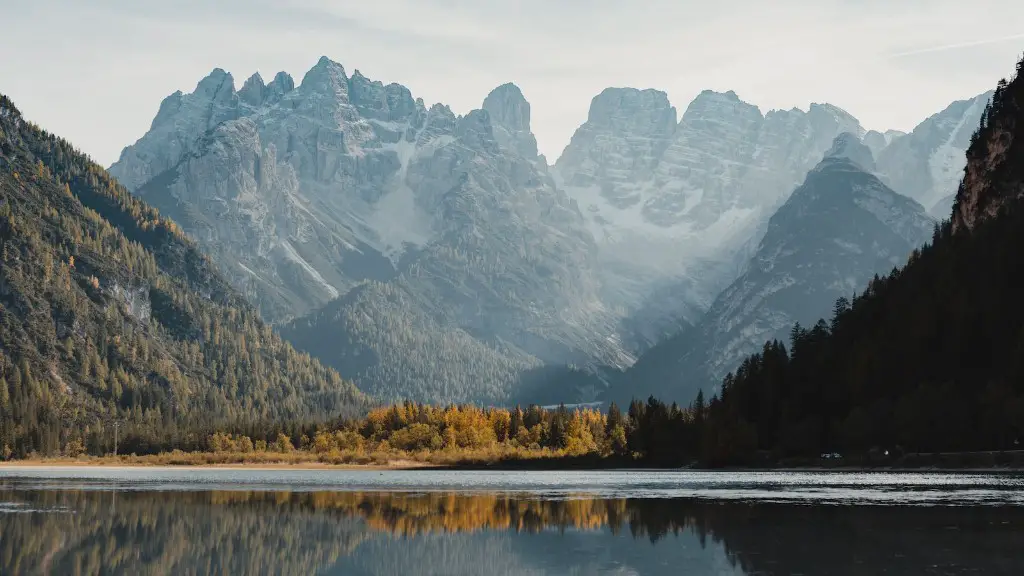Crater Lake is a caldera lake located in the southern Cascades of Oregon. It is the deepest lake in the United States and the seventh deepest lake in the world. Crater Lake was formed around 7,700 years ago when the Mount Mazama volcano erupted and collapsed.
A crater lake is a lake that forms in a former volcanic crater or caldera.
Is Crater Lake a plate boundary?
Crater Lake is a volcano located in Crater Lake National Park. The chain of volcanoes of the High Cascades approximately parallels the plate boundary, and is related to subduction of the small Juan de Fuca and Gorda plates beneath the North American plate.
Crater lakes are volcanic lakes found in craters and calderas. Crater lakes usually form through the accumulation of rain, snow and ice melt, and groundwater in volcanic craters. Crater lakes can contain fresh water or be warm and highly acidic from hydrothermal fluids.
What does Crater Lake have to do with plate tectonics
The Cascade Range is a beautiful mountain chain that was created by the Juan De Fuca Tectonic Plate slipping underneath the North American Tectonic Plate. The compression and heat that was generated from the movements of the tectonic plates created many volcanoes, which now make up the Cascade Range. Crater Lake National Park is home to one of these volcanoes, Mount Mazama. Mount Mazama is a stratovolcano, which is a type of volcano that is tall, conical, and made up of layers of lava, ash, and rock. Mount Mazama last erupted around 7,000 years ago and the eruption was so large that the top of the volcano collapsed in on itself, creating a caldera. The caldera is now filled with water from rain and snowmelt, creating the beautiful Crater Lake.
Crater Lake is a magnificent example of a caldera. At about 600 m depth, it is one of the top 10 deepest lakes on Earth. The lake is famous for its deep blue color and clear water, which is a result of its great depth and lack of pollutants.
Which plate boundaries are volcanic?
Volcanic activity is most likely to occur at divergent plate boundaries, where two plates are moving away from each other, or at convergent plate boundaries, where two plates are moving towards each other. At divergent plate boundaries, molten rock (magma) from the Earth’s mantle is able to rise to the surface, and this can sometimes lead to the formation of volcanoes. At convergent plate boundaries, one plate is often forced underneath the other, and this can also lead to the formation of volcanoes as the magma is forced upwards.
A maar is a type of volcanic crater that forms when molten rock (lava) and ash are ejected from the surface of an extinct volcano. The lava and ash quickly cool and solidify, forming a large basin surrounded by a ring of harsh, rock debris and lava.
What type of landform is a crater?
A crater is a landform consisting of a hole or depression on a planetary surface, usually caused either by an object hitting the surface, or by geological activity on the planet. A crater has classically been described as: “a bowl-shaped pit that is formed by a volcano, an explosion, or a meteorite impact”.
Crater Lake is an important symbol to the native Makalak people who lived in the surrounding areas. The lake was formed by the fall of a volcano, Mount Mazama, which erupted and collapsed approximately 7,700 years ago. The lake is a reminder of the power and majesty of nature, and the Makalak people have a deep respect for the lake and its history.
Is Crater Lake a shield volcano
The caldera rim reaches a maximum elevation of 2150 m on the west and south sides. The lake is about 584 m deep, making it the deepest lake in the United States and the seventh deepest in the world. The lake is fed by a small outlet stream and has no inlets, as the caldera walls are nearly vertical. The climate is moderate, and there is little precipitation. The caldera surrounding Crater Lake is young and well preserved. The walls are approximately 500 m high on the north, west, and east sides, and steep talus slopes extend to the water on the south side. There are no associated lava flows or other volcanic features visible in the area.
An impact crater lake, also known as an annular lake, is a lake inside a depression caused by the impact of a meteor. Impact crater lakes are found all over the world, with Africa, Estonia, Finland, and Sweden being some of the most notable locations.
Was Crater Lake formed by an earthquake?
Crater Lake is a stunning example of a volcanic caldera in the Cascades. It was formed by the collapse of Mount Mazama during a powerful eruption approximately 7,700 years ago. Today, Crater Lake is renowned for its deep blue water and spectacular views. It is a popular destination for hikers, campers, and photographers.
Crater Lake is a sight to behold. It is a beautiful blue lake that lies in the collapsed remnants of the ancient Mount Mazama volcano. This volcano had a huge eruption about 7,700 years ago, making it the largest eruption to occur in North America for more than half a million years. Crater Lake is a popular destination for tourists and is definitely worth a visit.
Can you drink water from Crater Lake
Although consuming Crater Lake water would technically conflict with the park’s mission to preserve the lake, the park’s water claim is for the preservation and protection of all natural habitats and the conservation of scenery, not for human consumption. Therefore, if someone were to consume the water, it would not technically be in conflict with the park’s mission.
Yes, there is only one place where it is safe to swim at Crater Lake National Park and that is the Cleetwood Cove Trail. The trail usually opens mid to late June.
What forms at divergent plate boundaries?
Divergent plate boundaries are boundaries where two plates are moving away from each other. Magma rises from deep within the Earth and erupts to form new crust on the lithosphere. Most divergent plate boundaries are underwater and form submarine mountain ranges called oceanic spreading ridges.
A composite volcano is a type of volcano that is formed by the accumulation of both lava flows and pyroclastic material. They are common along convergent plate boundaries, where one plate is subducting under another. When the subducting plate melts, it creates the magma needed for these types of eruptions. The Pacific Ring of Fire is dotted with composite volcanoes.
Conclusion
Crater Lake is a caldera, which is a type of volcanic boundary.
Crater Lake is a type of boundary known as a caldera. A caldera is formed when a large volcano collapses in on itself, creating a large, deep basin. Crater Lake is the deepest lake in the United States, and is known for its clear, blue water.
